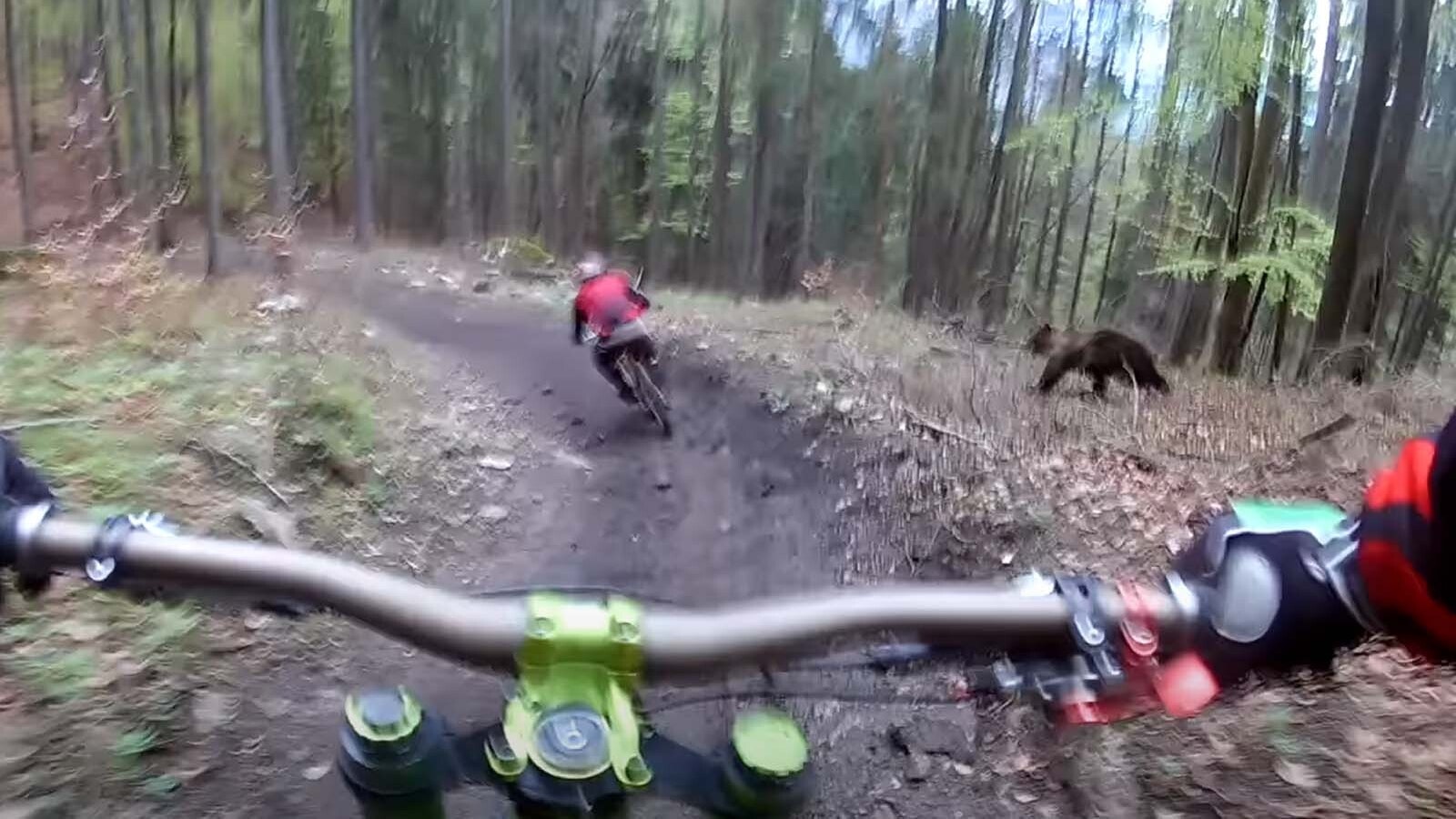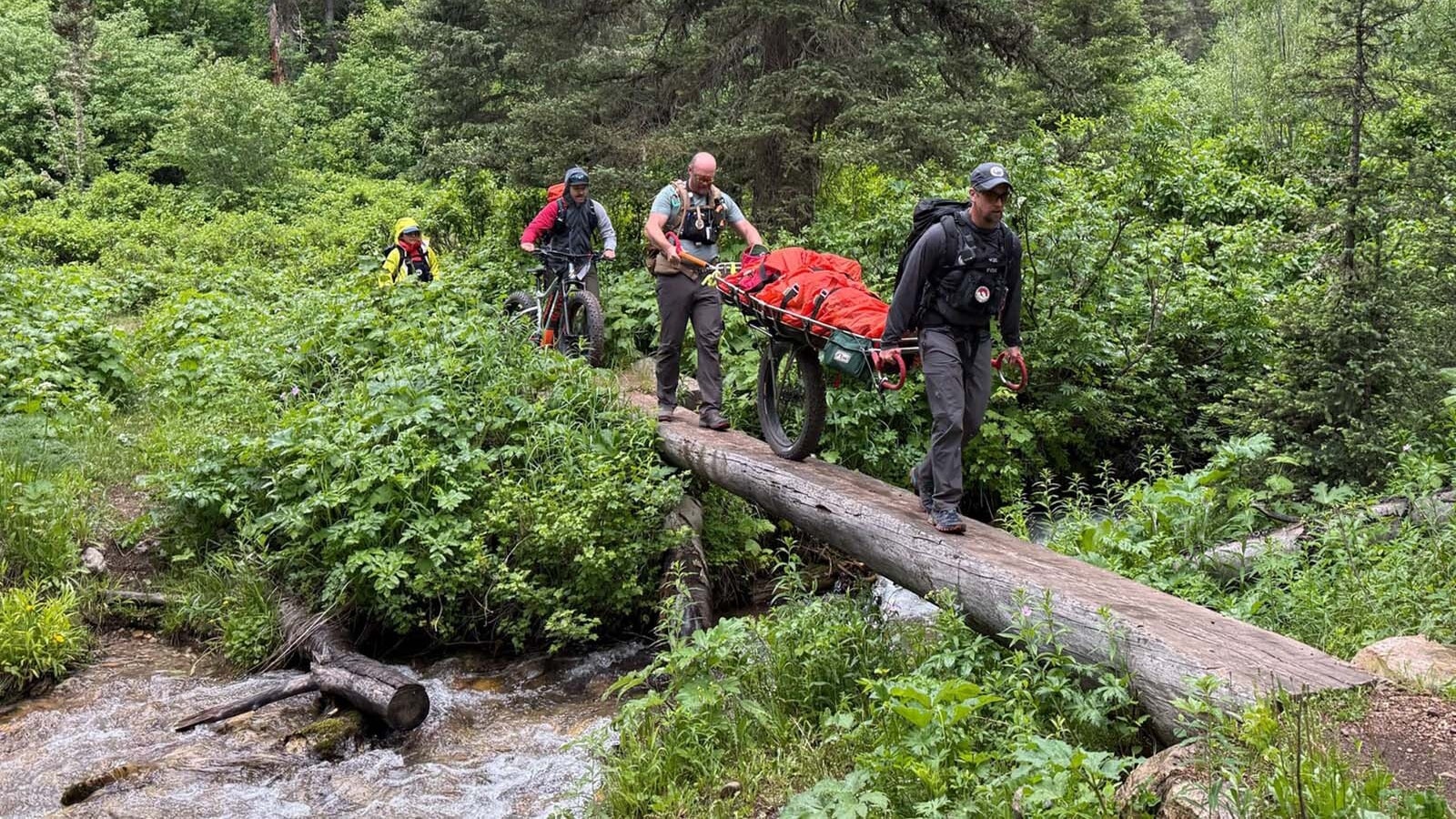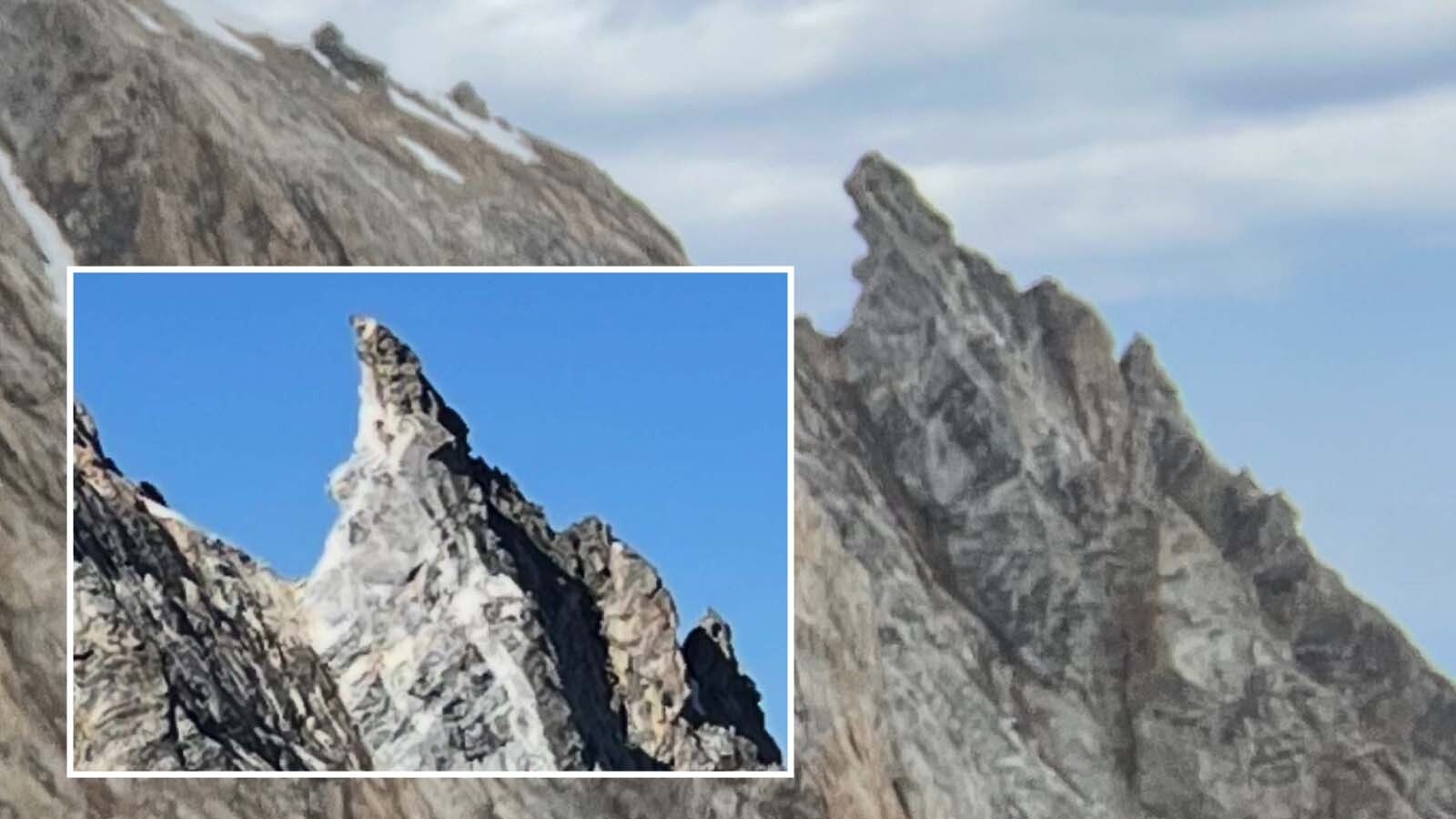By Mark Davis, Powell Tribune
Mark Giacoletto hasn’t been spending much time at home lately. His job with the Shoshone National Forest as fire management officer had him reassigned to massive fires in Colorado for much of the summer. He’s back home now, but it’s always possible that he could be packing his bags again. “We’re all at risk to be deployed nationally,” he said. But Giacoletto does know that after more than two decades on the job, fire seasons keep getting longer.
There are multiple active wildfires in Colorado, including the East Troublesome fire that burned 130,000 acres in one day and the neighboring Cameron Peak fire. They are the two largest wildfires in Colorado history.
“I’ve been right here in the thick of it,” Giacoletto said in a telephone interview last week.
Though it has snowed and the weather has slowed the fires, they are not out of the woods yet.
It’s November, long after wildfire season is typically over. The 2020 fire season has been devastating to many regions of the West, most notably in Colorado and California. Billions of dollars in property and dozens of lives have been lost.
Here in Wyoming the Mullen fire (38 miles west of Laramie) has burned nearly 177,000 acres and the Pilgrim Creek 1 fire in the Bridger-Teton National Forest burned about 500 acres. Earlier this year, the Lone Star Fire in Yellowstone National Park burned 4,123 acres in an area not far from Old Faithful.
According to the National Fire Information Center, 46,535 fires have burned more than 8.4 million acres this year — an area a little larger than the combined size of Yellowstone and Grand Teton national parks and the Shoshone and Bridger-Teton national forests.
There have been 43 deaths reported this year in wildfires in the U.S., with more than 300 homes lost to the blazes in Colorado and more than 9,000 in California.
Giacoletto has seen the heartbreaking results from the raging wildfires during his career — neighborhoods destroyed, lives lost. “Our hearts go out to those folks,” he said.
The stories may seem distant to some, but not to Giacoletto. He and other employees, including from the U.S. Forest Service and the Bureau of Land Management, travel anywhere in the nation where firefighters are needed.
Giacoletto joined the Forest Service in 2003. What he sees as he works from one hotspot to another is fuel in the form of dead and dying trees infested with beetles, as they are reaching the end of their life cycle. He calls some areas “a sea of dead trees.” The forests of northwest Wyoming may not currently have tragic stories unfolding like those scorching large swaths across the West, but they have in the past and likely will again, Giacoletto cautions. “The common denominator that makes this possible is the amount of dead forest that we have.”
As winter snow arrives, the fire season will fade, and nobody can predict what 2021 will bring. But it begs the question: What is being done to prepare for future fires in forests surrounding the Big Horn Basin?
Making plans in the Shoshone
Fire managers at the Shoshone National Forest made plans in the early 2000s to prioritize portions of the forest that are adjacent to private property with lodges and homes and near infrastructure, Giacoletto said. They have been thinning trees in those areas to give firefighters a buffer when fires start in the backcountry. “We usually take a stand in the front country where we’ve done our fuel treatments,” Giacoletto said. “And we’ve been effective doing that.”
They also work with county, state and other federal agencies to coordinate plans. Every county has wildland fire protection plans completed, he said.
Education is also a big part of the process. Firefighters work with property owners in the forest, suggesting how to build and maintain properties to be resistant to fires, like keeping brush cleared, cleaning gutters and using metal or asphalt roofing. With winter conditions in place, Shoshone officials plan to burn slash piles across the forest. The piles are a result of timber sales, fuel reduction work and community “fire wise” projects worked on over the past years.
On the northern half of the Shoshone, piles are located in the areas of the Sugarloaf Timber Sale and Sunlight Basin on the Clarks Fork Ranger District. Additional piles are located near North Fork summer homes on the Wapiti Ranger District as well as in the Timber Creek and the Wood River areas on the Greybull Ranger District. Smoke generated from the burning piles may be visible at times in Crandall, Cody, Meeteetse, Lander and Dubois. The duration of the projects will depend upon the weather and may last anywhere from a few days to a few weeks, according to a press release from Kristie Salzmann, public affairs officer.
Cody Regional Health
The Bighorns and Yellowstone
In the Bighorn National Forest, it was an above average fire season with more than 20 fires. “Thankfully they all stayed small despite very dry fuel conditions,” said Jon Warder, Bighorn fire management officer.
Firefighters were deployed throughout the season to assist other fire suppression efforts. Forest officials are just now getting back 10 firefighters who worked fires in Colorado, but most of their fire personnel have already been laid off for the season.
Warder said Bighorn managers focus attention for reducing fuel near cabins, lodges and resorts and municipal watersheds. They rely on commercial timber sales and contracted hand thinning and piling. The forest is unique in that over 60% of the landscape is in roadless wilderness, he said, adding, “We typically schedule approximately 1,500 acres per year in prescribed burning to reduce fuels, but due to extreme conditions and the need to help out other fire suppression efforts, we did not conduct prescribed burning this year.”
In Yellowstone National Park, the tactics often emphasize point and zone protection over direct fire control, said John Cataldo, the park’s fire management officer. “That makes future fires here generally less problematic for those tasked with managing them,” he said.
In 1988, more than 100 square miles, or approximately half of the park, was involved in a large wildfire. The scars of the blaze can still be seen, especially on the east side, near Cody. Cataldo said the fire created a mosaic of fire scars that have helped to provide natural barriers to the spread of new fires. The fire suppression team works hard “within our budget” to prepare communities in the park for approaching wildfires. It has been a work in progress to create defensible space park-wide, especially in spaces near infrastructure.
“The maintenance of these fuels treatments will need to go on in perpetuity in order for them to be successful across future generations,” he said.
A warmer climate
Cataldo said there are many reasons for destructive wildfires, but he points to current conditions being compounded by a warmer, drier climate in already-arid western environments.
Climate change is, in part, responsible for longer fire seasons and greater economic costs, according to a paper written by William Matthew Jolly, a research ecologist at the U.S. Forest Service’s Rocky Mountain Research Station. Over the past 35 years his team found that fire seasons have lengthened across one quarter of Earth’s vegetated surface, extending it by a bit each year and adding up to a large change over the full study period. For example, the fire season in parts of the western United States is more than a month longer than they were 35 years ago. The authors attribute the longer seasons in the western United States to climate changes, including the timing of snowmelt, vapor pressure, and the timing of spring rains.
The cost is high, with annual fire suppression costs in the U.S. reaching more than $2 billion. In a recent paper, David Willms pointed to the high cost of increasingly longer fire seasons. “Including state and local expenses, lost property, lost lives and local economic impacts, the cost of wildland fires [this year] escalates to tens of billions of dollars per year.”
A former adviser for Gov. Matt Mead, Willms is now the Senior Director for Western Wildlife at the National Wildlife Federation. He concentrates his efforts on wildlife issues like migration corridors, endangered species policy, oil and gas policy and public lands. He points out that while billions are being spent suppressing fires, little is going to proactive solutions.
“Time is of the essence, and the time to act is now. People are losing their homes and dying. Local economies are being destroyed,” Willms wrote. “Water supplies are at risk. Billions of dollars are allocated to the problem every year to fund reactive activities, with only limited resources allocated to proactive ones.”
He said changing the future won’t be easy, but there is hope if action is taken now. Some of Willms’ ideas include identifying ways to treat invasive species, using prescribed fires, selective and subsidized timber harvests, reforestation, climate change solutions, strategic grazing, better interagency coordination, infrastructure protection, road decommissioning, improving timber markets, funding additional research and certain statutory and regulatory reforms. However, a critical component is greatly reducing the 84% of wildland fires that are human caused, Willms said, suggesting “innovative education, appropriate regulation and aggressive enforcement.”
“Contrary to the opinions espoused by some politicians, certain non-government organizations, and the members of the general public, today’s fires are not the result of a single factor. They are a result of climate change, forest management practices tied to fire suppression and a complicated statutory/regulatory framework, invasive species, natural drought cycles, human ignitions, changing timber markets …, and likely several other factors,” Willms wrote “Consequently, solutions for addressing wildland fire issues are multifaceted and complex. Done correctly, these solutions could create thousands of jobs, save billions of dollars and dozens of lives every year, protect watersheds, and leave a healthier landscape for our wildlife and future generations.”





